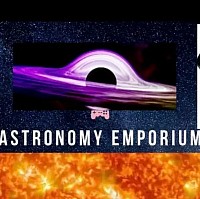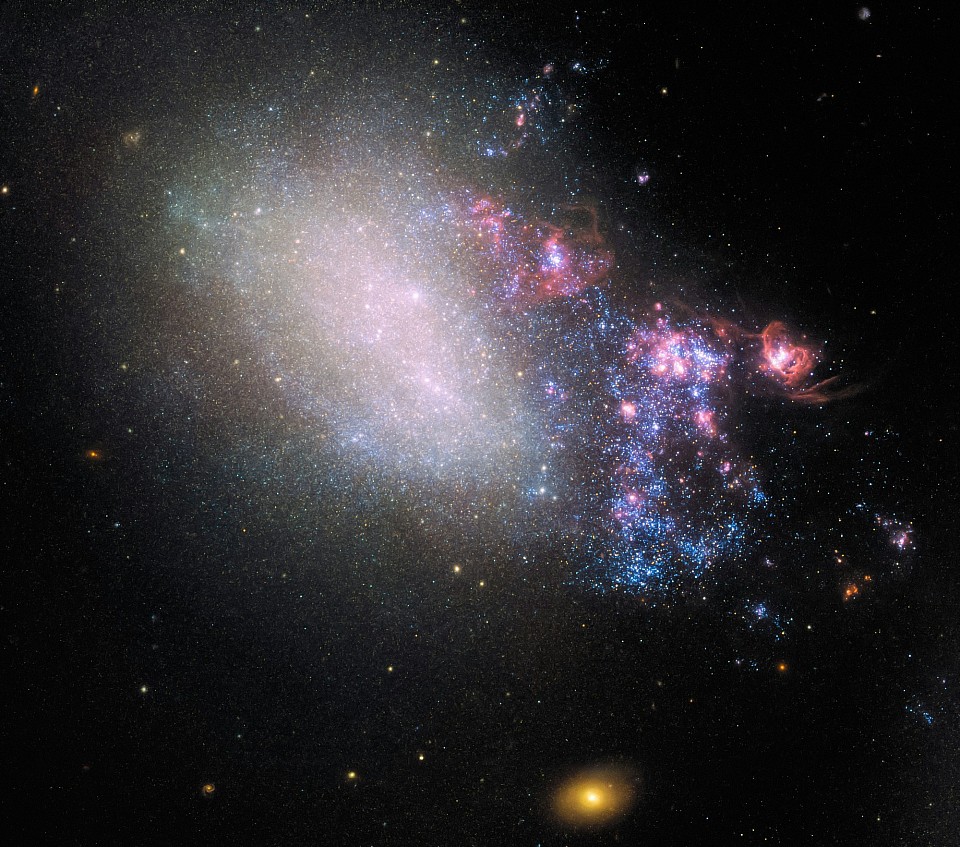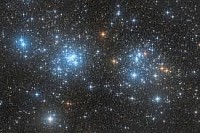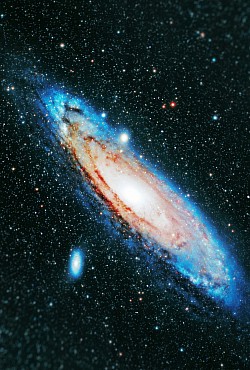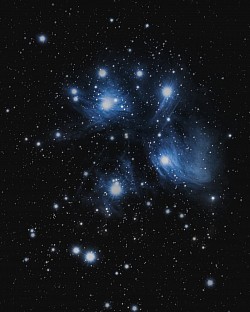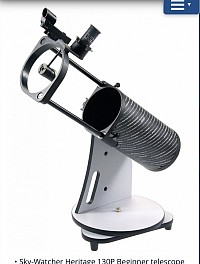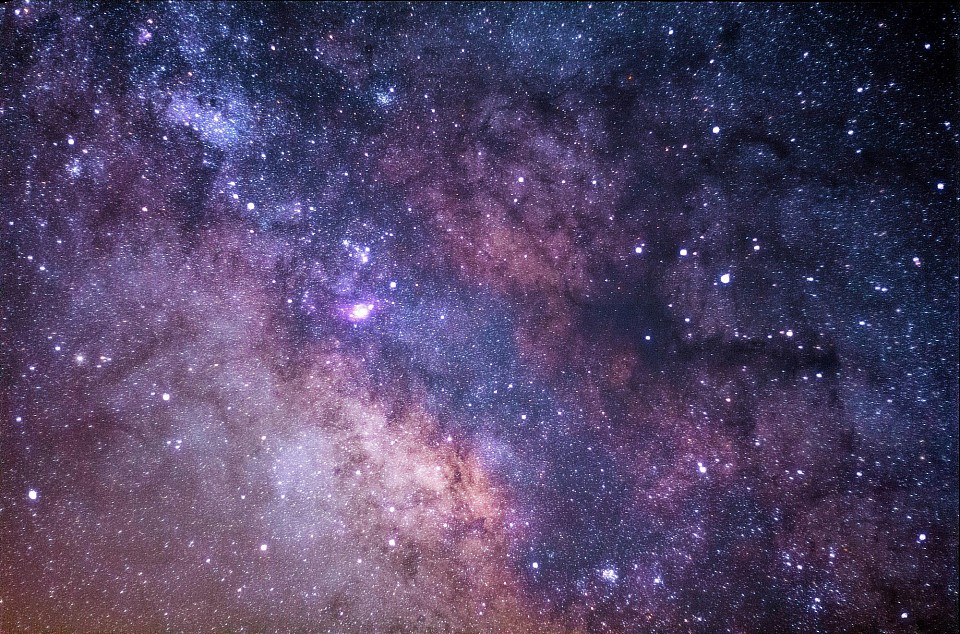Deep Sky Objects for Beginners: Galaxies, Nebulae & Star Clusters
What Lies Beyond the Planets? Explore the Deep Sky
Explore galaxies, nebulae, and star clusters from your own back garden.
Ready to Go Beyond the Moon and Planets?
Have you seen the Moon and Saturn’s rings and want more?
You’re ready to explore the deep sky — some of the most incredible sights in the night sky, hiding just beyond our solar system.
What are DSO’s?
DSOs (Deep Sky Objects) are celestial wonders far beyond the planets. These include:
Galaxies (like Andromeda)
Nebulae (like Orion’s sword)
Star clusters (like the Pleiades)
They’re faint, but truly breathtaking when seen through a telescope.
Easy DSOs for Beginners
Here are a few beginner-friendly deep sky objects visible from the UK:
Andromeda Galaxy(M31)
Orion Nebula (M42)
Double Cluster (NGC 869 & 884)
Pleiades (M45)
When and Where to Look
Most DSOs are seasonal. A few tips:
Autumn: Andromeda & Double Cluster
Winter: Orion Nebula & Pleiades
Use a stargazing app to guide you — I recommend Stellarium Starwalk or SkySafari.
Double Cluster tip:
The Double Cluster is an amazing beginner target between Cassiopeia and Perseus.
Here’s a quick video I made to help you spot the famous Double Star Cluster in Perseus. It’s one of the easiest and most rewarding deep sky objects to observe — and perfect for beginners. Watch the video to see how to find it and what to expect through your telescope.
How to Observe the Double Cluster with Your Own Telescope”
What Telescope do you need?
You don’t need expensive gear.
A good Dobsonian telescope or a budget reflector is perfect.
Start with something like:
Sky-Watcher Heritage 130P
Celestron LCM 114
👉 Best Telescopes Under £300
Tips for Seeing DSOs
A few quick tips for spotting faint objects:
- Get away from streetlights
- Let your eyes adjust in the dark
- Use a red torch to preserve night vision
- Try “averted vision” — look just beside the object
What you will see
With a basic telescope, you’ll see:
Cloudy patches (galaxies)
Wispy glows (nebulae)
Glittering clusters (open clusters)
Each object looks different — and no camera can truly match seeing it live!
👉 Strangest Astronomical Facts & Figures
Binocular Bonus
No telescope yet?
Some DSOs (like the Pleiades) are visible with binoculars.
It’s a great way to get started for £0.
👉 Start Astronomy for Free
Keep Exploring
Once you’ve seen your first DSO, you’re hooked. The night sky has thousands more to discover, even with beginner gear.
Follow us on YouTube, LinkedIn, and Twitter (links at bottom of homepage) for regular updates, tips, and gear guides.
Final Encouragement
Astronomy isn’t about fancy gear — it’s about looking up.
So grab your telescope, pick a clear night, and chase the galaxies.
